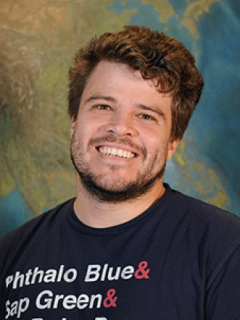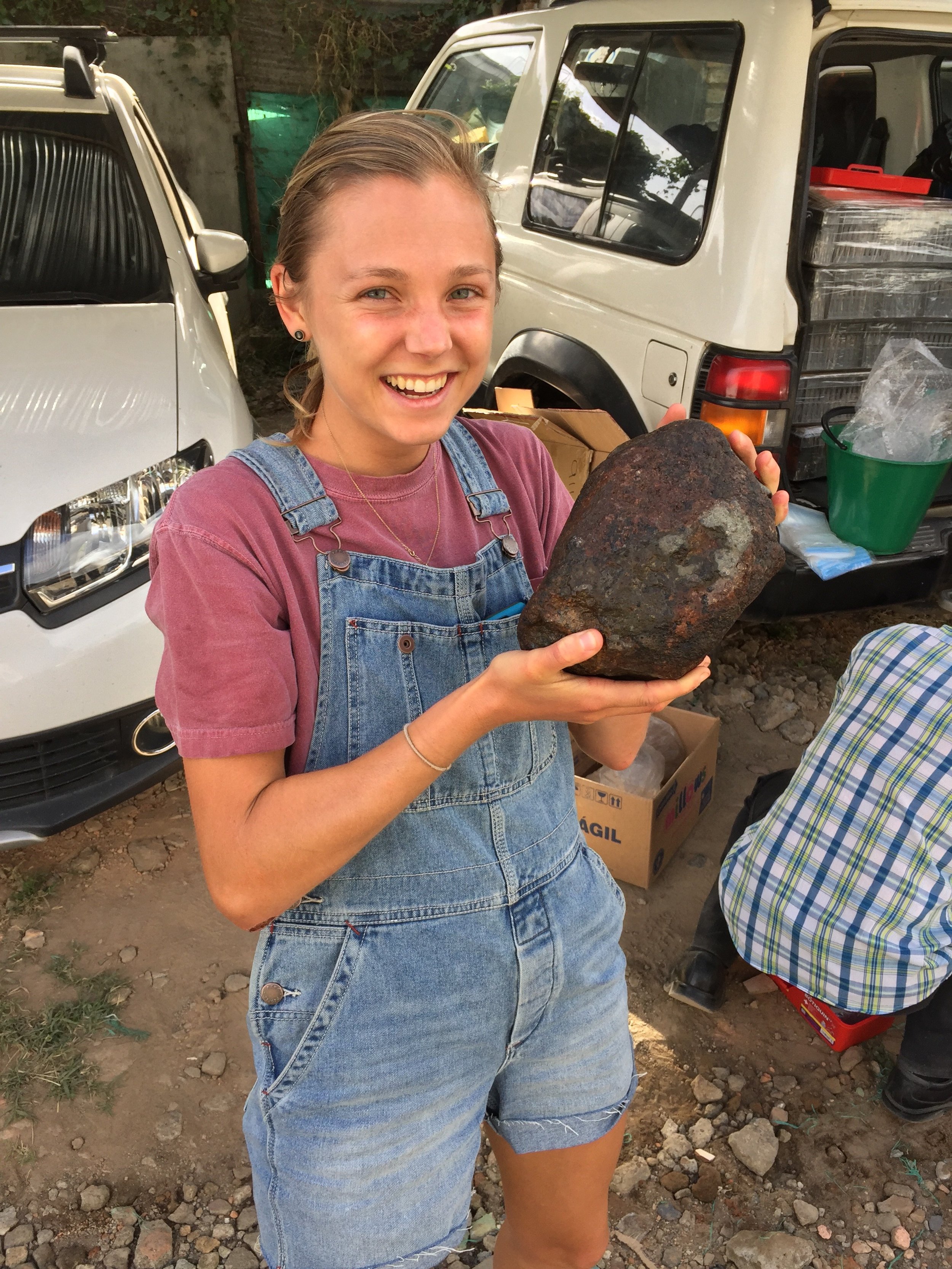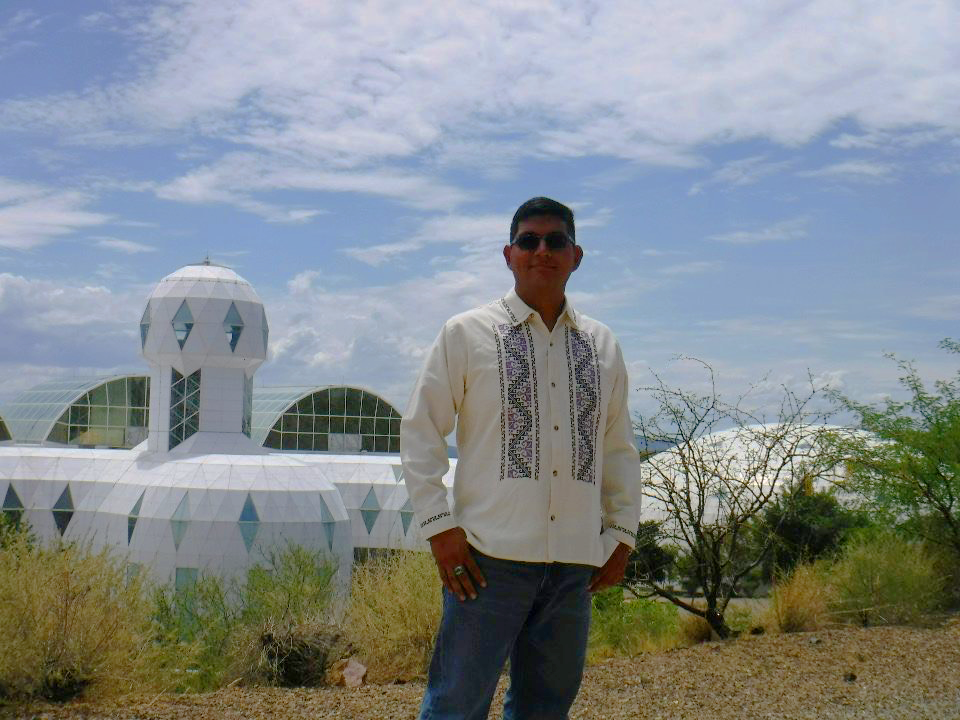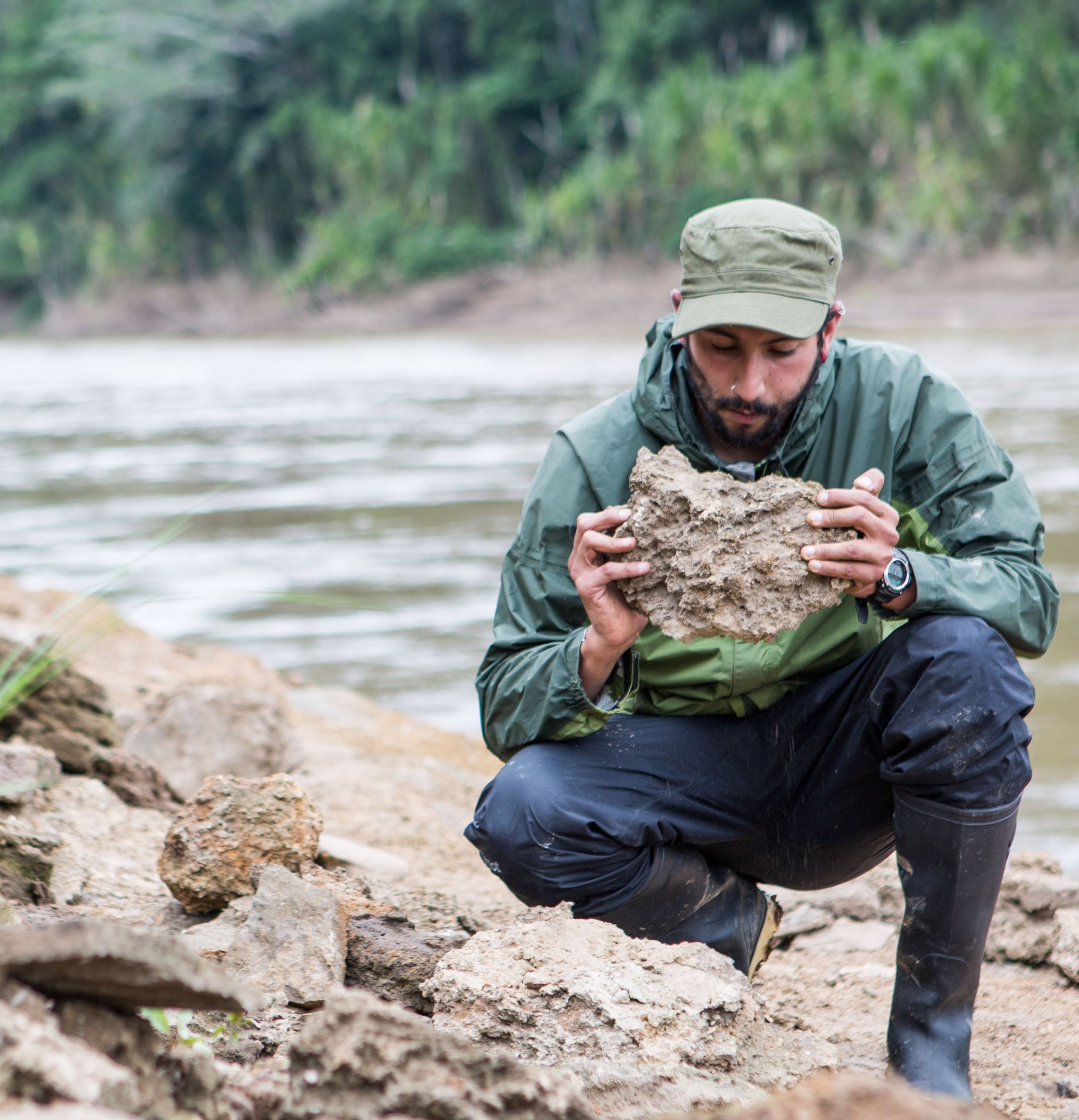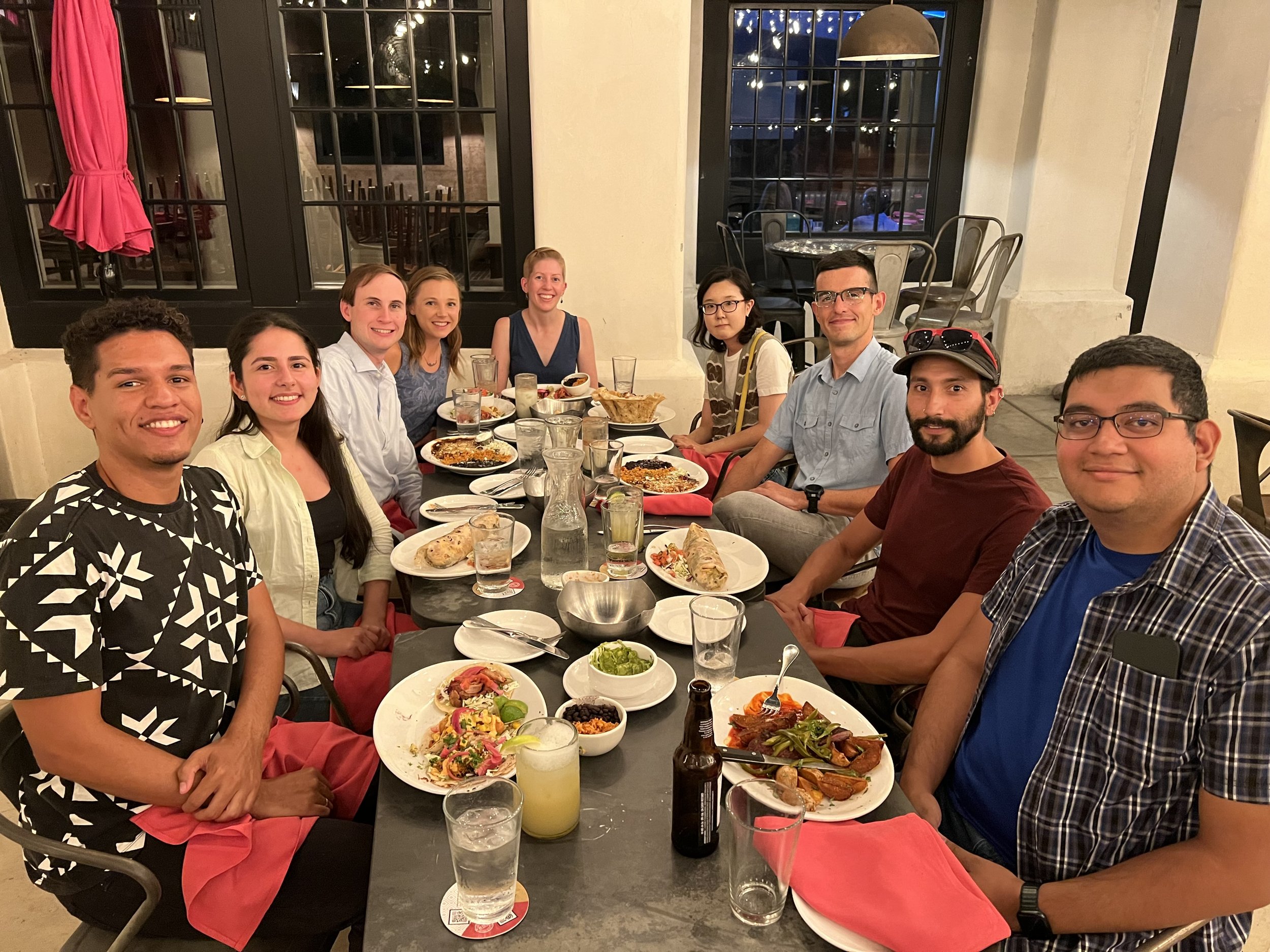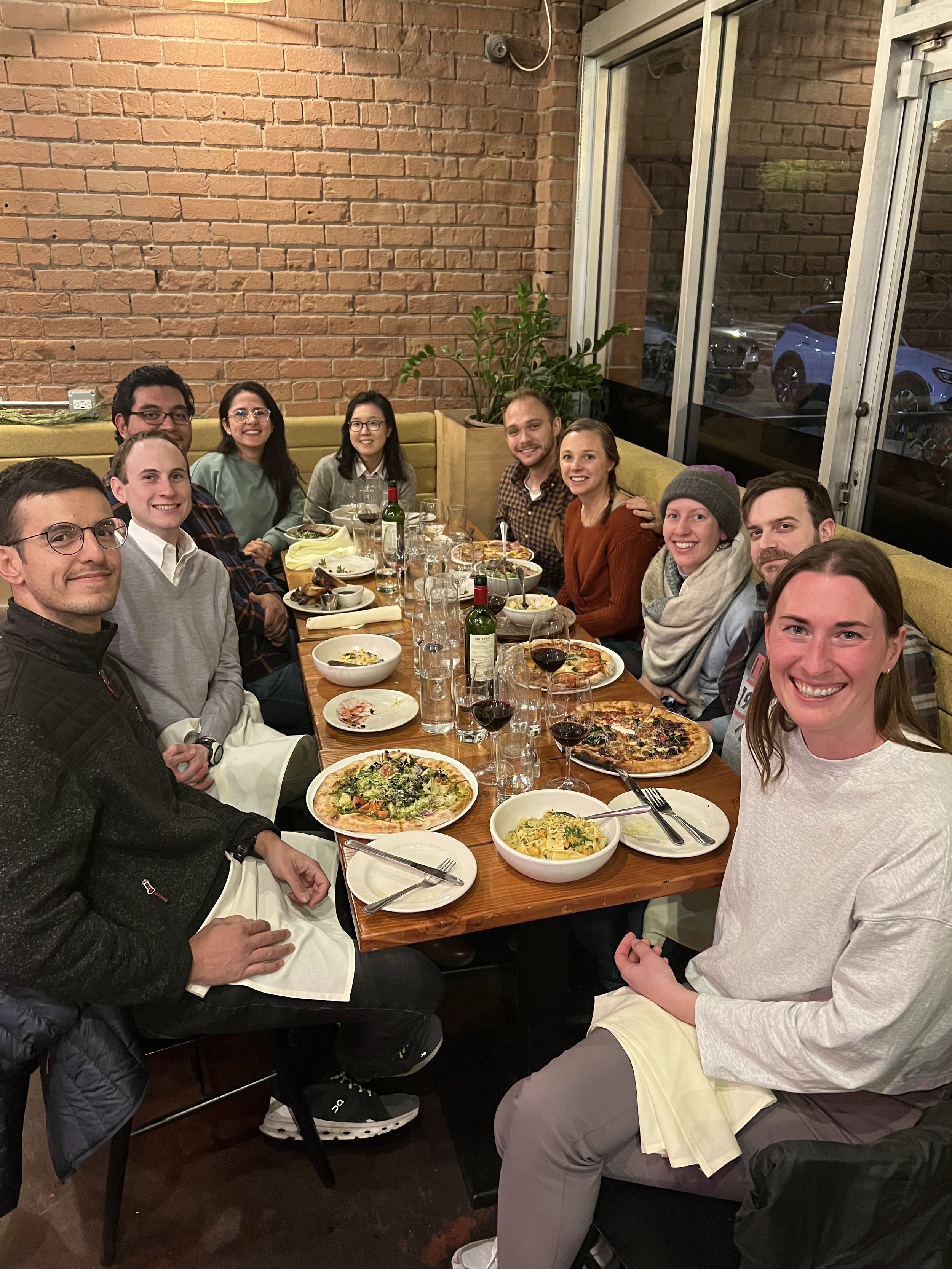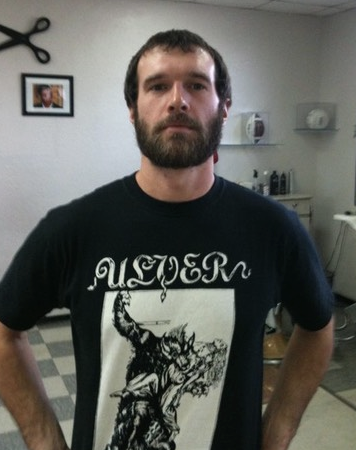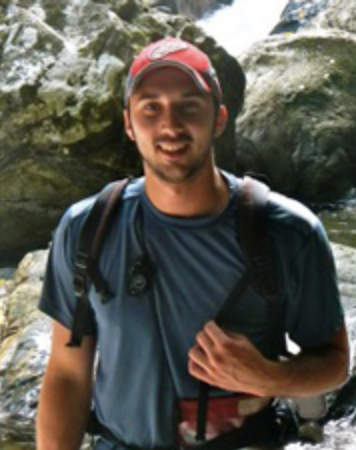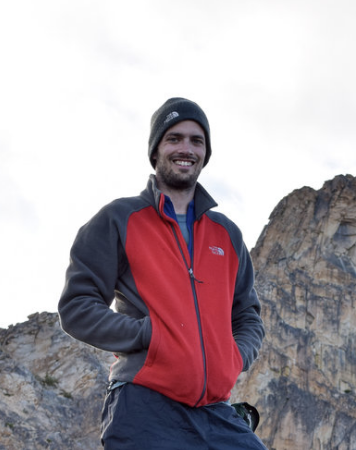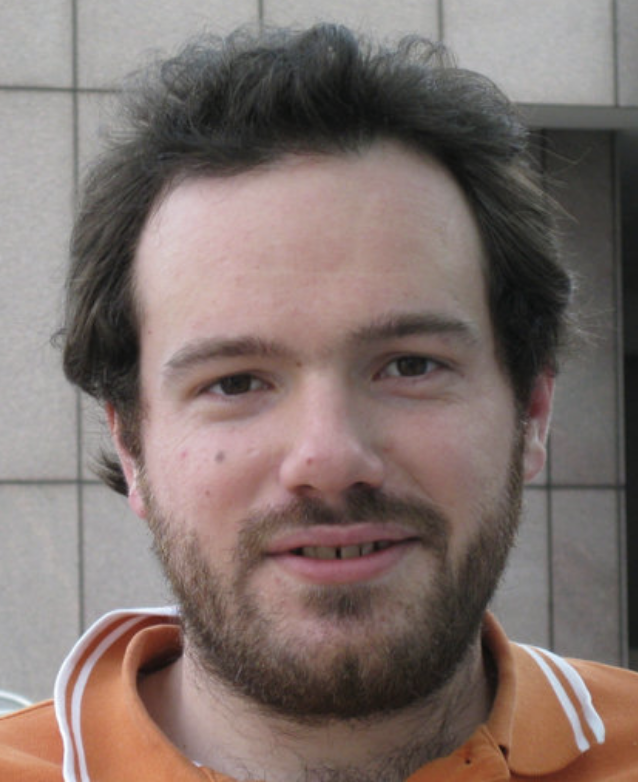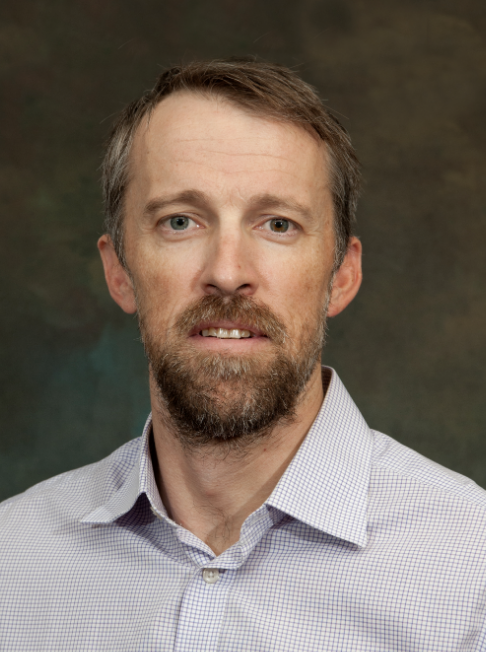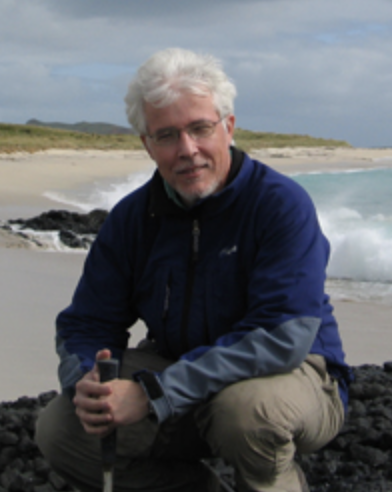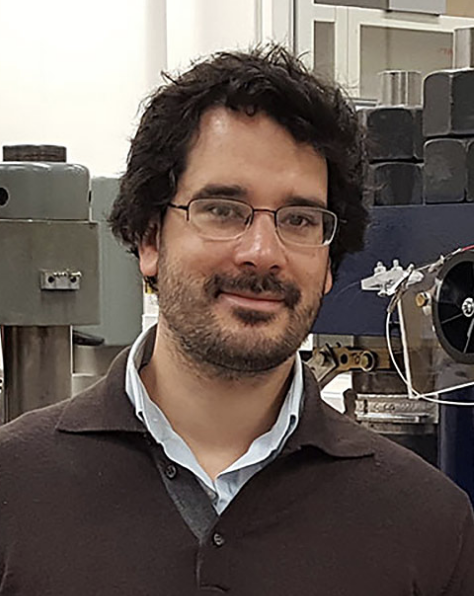Prof. mauricio ibañez-mejia (pi)
I am an Associate Professor in the Department of Geosciences at University of Arizona. My main interests are in the application of geochemical methods, particularly isotope geochemistry, to solid Earth processes. My research combines the use of radiogenic isotope systems such as U-Pb, Sm-Nd, and Lu-Hf to determine time and rates, and geochemical tracers such as elemental abundances and isotopic compositions (radiogenic and stable) to understand petrologic and tectonic processes.
I obtained an undergraduate degree in geology at the Universidad Nacional de Colombia in Bogotá, M.Sc. and Ph.D. degrees in Geoscience at the University of Arizona, and a W.O. Crosby postdoctoral fellowship at MIT-EAPS.
Download Mauricio’s CV (updated 03/09/21) Mauricio’s Department website
Graduate students
Maria P. Marroquin Gomez (MS student)
I am a geoscientist from Los Andes University of Colombia, with experience in U/Pb geochronology and editorial work. I joined the University of Arizona as a graduate student in August 2022. My current work focuses on geochemistry and isotopic analysis (e.g., major elements, REE, radiogenic isotopes, stable isotopes) of volcanic rocks from the northern Andes. My goal is to better understand the processes involved in magma generation and differentiation beneath this mountain belt. Aside from this, I've always been fascinated by tectonics, volcanology, and paleoclimate.
I finished my bachelor’s degree in 2019 with the financial support of a “Bachilleres por Colombia Ecopetrol” scholarship. Before pursuing graduate studies, I worked in the Colombian Geological Survey for three years. My favorite pastimes include outdoor activities and watching movies.
Postdocs
Dr. Michelle L. Foley (postdoc)
I am an igneous petrologist and isotope geochemist who is interested in crustal magmatism processes centered around magma genesis and crustal evolution. I use a variety of analytical techniques (XRF, SEM, EMPA, LA-ICP-MS, SIMS), primarily combining measurements of major and trace element geochemistry with isotope compositions of oxygen and Lu-Hf in single crystals to characterize magmatic evolution. To correlate both the geochemical and isotope signatures through time, I combine these measurements with ages determined by U-Pb geochronology. In conjunction with macro- and micro-scale processes, I am also currently interested in atomic scale elemental and isotope characterization using Atom Probe Tomography to quantify and visualize the distribution of trace elements to evaluate mechanisms of mineral growth from a melt.
I joined the University of Arizona as a postdoctoral researcher in the spring of 2023. I graduated previously with a BS in geology from Western Kentucky University, followed by a MS in earth and environmental sciences at Vanderbilt University. Most recently I completed my PhD in geology at the University of Lausanne in Switzerland.
Dr. Aleisha Johnson (postdoc)
I am an isotope geochemist interested in the rise of O2 in Earth’s atmosphere and the compositional evolution of Earth’s continental crust. To this end I employ stable metal isotopes (Ti, Zr, Mo, Fe) in a variety of modern and ancient systems to learn about these processes that led to Earth’s current state as a persistently habitable planet. While my PhD focused on Mo weathering and cycling at ultra-low levels of O2 to understand Archean atmospheric redox, more recently I have focused on pairing isotope systems like Ti and Fe in magmatic environments to understand how stable isotopes record the formation and recycling of continental crust.
I joined the University of Arizona as a postdoctoral researcher in the fall of 2022. Previously I graduated with a BS in Geology from the University of Wisconsin – Eau Claire, followed by a PhD in Geochemistry from Arizona State University. Most recently I completed an NSF EAR Postdoctoral Fellowship at the University of Chicago.
DR. PATRICIA KANG (POSTDOC)
I obtained my PhD degree in Geology at the University of Minnesota in 2021 and joined the University of Arizona as a postdoctoral researcher in August 2022. The primary focus of my research is to investigate element transfer driven by fluid-rock interactions in subduction zones. I approach this problem by using in situ analytical techniques (EMP, LA-ICP-MS, SIMS) to detect compositional variations in individual metamorphic mineral grains that likely developed at different stages of metamorphism and metasomatism. In order to constrain the origin of these variations, I apply thermodynamic and numerical modeling to evaluate the influence of potential factors: 1) changes in pressure and temperature; 2) element fractionation between coexisting metamorphic minerals; and 3) interactions with fluids. My current post-doc work aims to track the mobility and fractionation behavior of high field strength elements that might vary in response to fluid-rock interactions over the course of prograde-to-retrograde metamorphism.
Dr. Martin Senger (Postdoc)
I use different isotopic systems, both stable and unstable, to analyze the timing and evolution of past environments. My main interest involves U-Pb geochronology on various phases, including high-precision techniques (CA-ID-TIMS) as well as high-spatial resolution techniques (LA-ICP-MS). I am particularly interested in isotopic systems sensitive to changes in environmental redox conditions, such as sulfur, molybdenum, and thallium, or other environmental factors, such as oxygen, in Precambrian sedimentary rocks. Coupling U-Pb geochronology and stable isotopic systems allows me to gain insight on how past environments evolved through time. I am also interested on understanding and quantifying natural biases imparted to the detrital record preserved in sedimentary rocks.
I graduated as a geologist from the University of Buenos Aires in March 2019 and obtained my PhD. Degree from the University of Geneva in September 2023. I joined the Arizona LaserChron Center in January 2024.
Former members
Dr. Scott A. Maclennan, postdoc 2019-2022, now Senior Lecturer at University of the Witwatersrand, South Africa
Hannah G.D. Tompkins, MS 2022 and NSF-GRFP fellow, now staff scientist at USGS Denver
Dr. Lisa Zieman, PhD 2023, now Mendenhall Postdoctoral Fellow at USGS Spokane, WA
Porfirio I. Ascencio, MS 2023, now staff chemist at Abbott Laboratories, Indiana
Dr. Federico Moreno, postdoc 2020-2024, now Research Associate at Tejada Lab, Caltech GPS, CA
Liam O’Connor, MS 2024.






